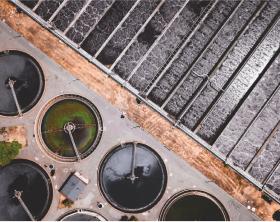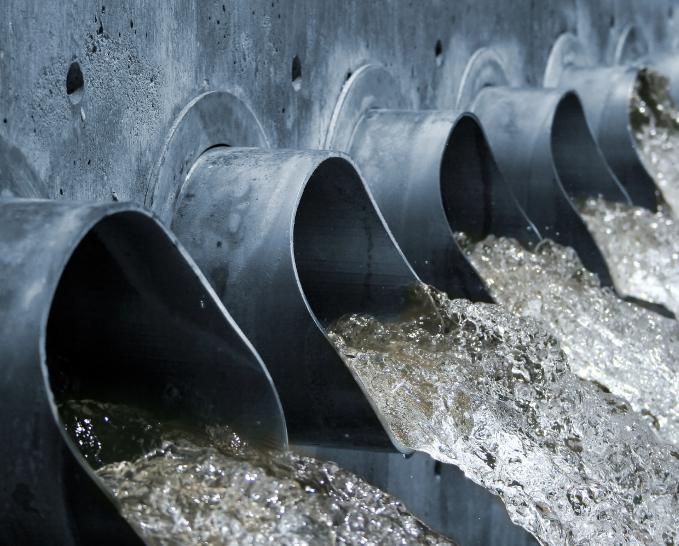Products
DropletSens™
Ammonium Analyser
Real-time, high-frequency, lab-quality ammonium monitoring.

Features
- Based on established Berthelot test and Indophenol chemistry
- Total Ammonia Nitrogen determined autonomously through pH mediated conversion of dissolved ammonia into ammonium
- Fully quantitative without drift
- On-device standard for performance checks
Specifications
Analytical
- Range
-
0 - 2 mg/L NH3-N (LOW)
0 - 30 mg/L NH3-N (HIGH) - Detection Limit
-
0.03 mg/L NH3-N (LOW)
0.3 mg/L NH3-N (HIGH) - Measurement Frequency
-
up to every 10 seconds
default setting is every 15 min
Operational
- Temperature range
- 0 - 35 °C
-
Power consumption** for continuous use measuring every 15 min
- 1.5 W
Physical
- Height
- 440mm
- Width
- 330mm
- Depth
- 200mm
- Weight
- 10.5kg
Communications
- Connectivity
- RS232/RS485, Modbus, Bluetooth, SCADA compatible
- Data output
- Remote streaming
Maintenance
- Reagent change after 3 months if in continuous use
- Required inlet filter change frequency depends on application
Applications
Nitrogen Cycle, Nitrification & Denitrification, Nitrous Oxide Control, Process Control, Rivers, Streams & Lakes, Coastal, Agriculture, Aquaculture, Industrial, Environmental Monitoring, Estuary Monitoring, Catchment Monitoring, Effluent Monitoring, Environment Act - Section 82, Nutrient Mapping, Nutrient Recovery, Nutrient Trading, Nature-Based Solutions Effectiveness Monitoring.

Why ammonium/ ammonia?
Monitoring ammonium/ammonia levels is critical for optimising wastewater treatment processes and for better understanding the impact of raw sewage discharge into surface waters.
Ammonium (NH4+) and ammonia (NH3) are both part of the nitrogen cycle and exist in equilibrium. Typically harmless ammonium is prevalent (>98%) over the more toxic ammonia (<2%), unless under high pH and temperature conditions.
In wastewater treatment plants (WWTPs) ammonium is monitored for process control to ensure optimal nitrification/denitrification aimed at converting any dissolved nitrogen (NH4+, NO2, NO3) ultimately into nitrogen gas (N2↑), leaving typically low levels of dissolved nitrogen in the discharge. If the process is not managed well, nitrous oxide is released, a damaging greenhouse gas.
However, discharge of untreated sewage during Combined Sewer Overflow (CSO) events, alongside agricultural fertiliser and industrial run-off, can result in high levels of ammonium/ammonia causing excessive algae growth and eutrophication in rivers, estuaries and coastal waters, with damaging effect on local aquatic life.
Incoming Environment Act 2021, Section 82 legislation in the UK will require operators to monitor ammonia levels up and down-stream of all WWTPs and CSOs, which equates to >50,000 locations.


Monitoring Solutions
Online analysers are for use outside the water source and as such require pumped solutions. To protect the equipment from suspended solids in the water, we offer a variety of pre-filtration solutions, including:
A. Passive filtration: large area non-biofoul polyethersulfone (PES) membranes.
B. Active filtration:
- B1. Self-cleaning pumped approach with Rotorflush module:

- B2. Ceramic silicon carbide (SiC) flat sheet membrane approach with back-and jet-washable Cembrane module:




